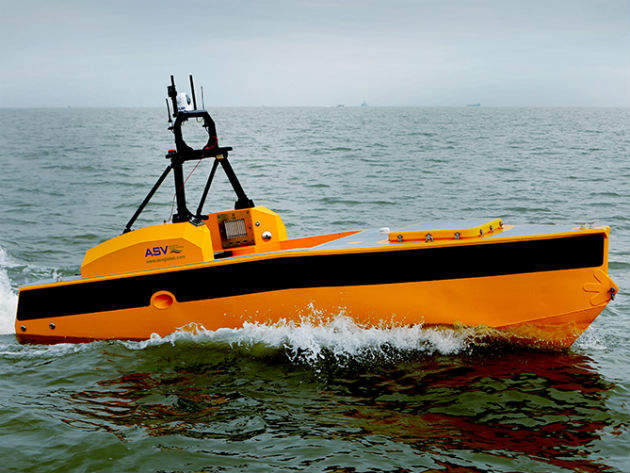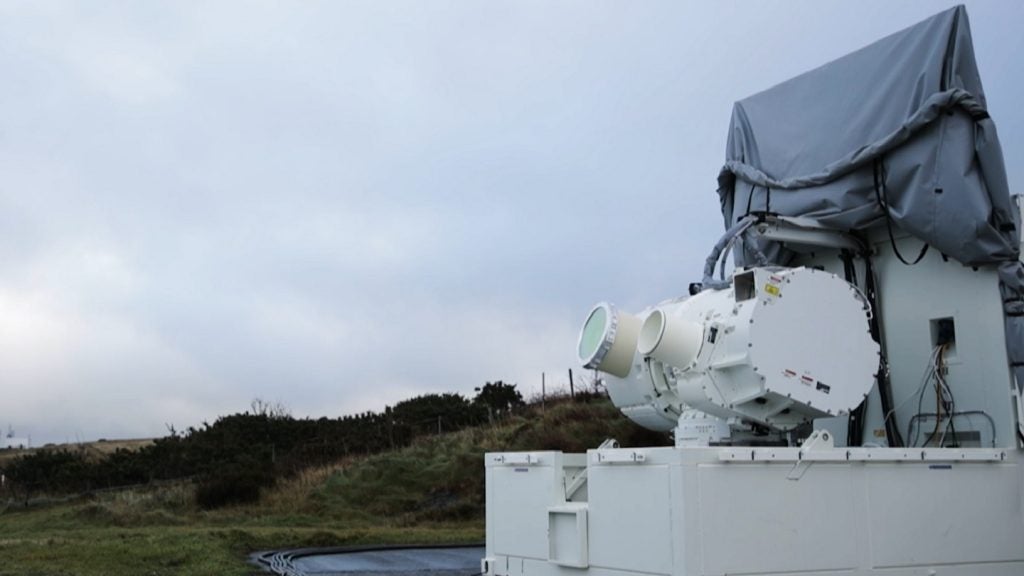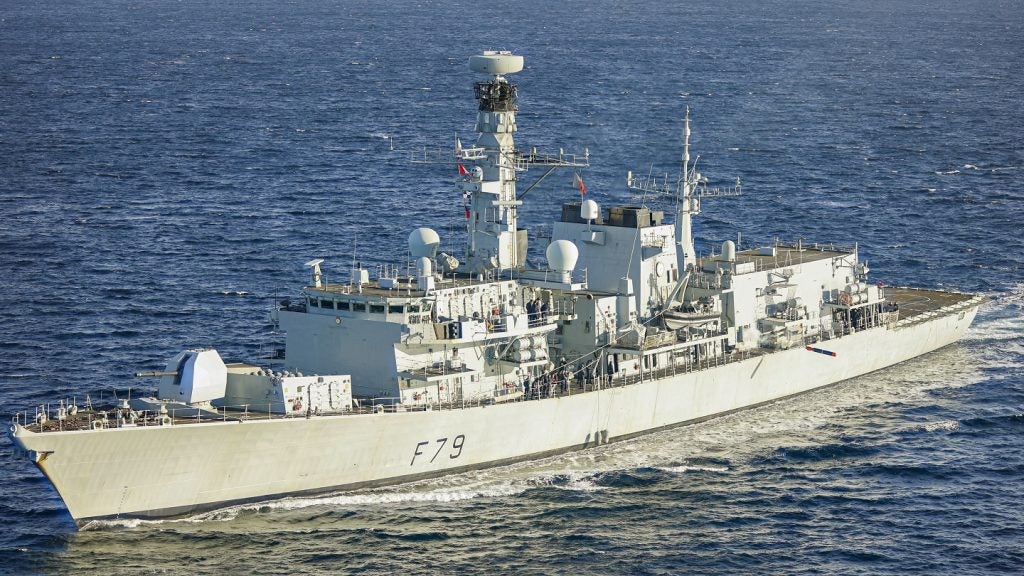
Katie Woodward: Can you tell us about your involvement in this October’s Unmanned Warrior Royal Navy exercise?
Vince Dobbin: We are involved with four different companies – Thales UK, BAE Systems, QinetiQ and Dstl. We are involved with either supplying vehicles that we have built or control systems that we have designed and put into vehicles that other companies have built.
What we are going to be demonstrating for Thales is the MCM [mine countermeasures] capability with their vehicle, which we built for them which is called Halcyon. We built that vehicle in 2012 for them and we have been operating that vehicle since then, and so that’s going to be demonstrating towing a sonar called a towed synthetic aperture sonar.
For Dstl […] we are working on an advanced autonomy programme for them, and we are putting our technology into a vehicle that they have provided called the Bladerunner. And they are calling that MAST [maritime autonomy surface testbed].
See Also:
What that is, it’s a fast raceboat and Dstl have asked us to make that unmanned, which we have done, and we are bringing some advanced autonomy – so that is collision avoidance and also integrating a lot of sensors into the vehicle to allow it to do the collision avoidance, i.e. to allow it to be able to see what it is doing and to make sure it is doing it safely.
How well do you really know your competitors?
Access the most comprehensive Company Profiles on the market, powered by GlobalData. Save hours of research. Gain competitive edge.

Thank you!
Your download email will arrive shortly
Not ready to buy yet? Download a free sample
We are confident about the unique quality of our Company Profiles. However, we want you to make the most beneficial decision for your business, so we offer a free sample that you can download by submitting the below form
By GlobalDataFor BAE Systems, we have taken two of their vehicles – a P950 and a PAK24, which is a standard vehicle on board Her Majesty’s ships, it’s a RIB – and we’re providing those vehicles with a remote control capability, i.e. making them unmanned.
They are currently manned vehicles which we are converting to unmanned; they’ll be running unmanned doing certain scenarios in Unmanned Warrior. So they will be carrying out ISTAR [intelligence, surveillance, target acquisition and reconnaissance] tasks.
For QinetiQ, they are doing an exercise called MAF, which is maritime autonomous framework, and what they will be demonstrating using one of our commercial vehicles – which is called C-Worker 5 – they will be having that communicate with an unmanned underwater vehicle, through the unmanned surface vehicle, and then communicating with an unmanned aerial vehicle. So we will have that complete communications from underwater through the surface to an air vehicle, and then back to a headquarters who control the UAV.
So that’s our involvement – working on the systems we have provided to these companies and we’ll be operating them for them on their behalf.
KW: Are these companies offering their capabilities for use by the Royal Navy?
VD: So what they’re doing, they are demonstrating their capabilities to the Royal Navy and Unmanned Warrior is the Royal Navy’s demonstration of their commitment and ambition to use this technology and innovation to keep them ahead of the game in the unmanned maritime systems area. And potentially it could change how the Navy will operate in the future.
KW: How important is autonomy currently for the maritime industry and is it going to become even more important in the years to come?
VD: It is extremely important because what we are trying to do is to do things more efficiently and safely, particularly in the MCM world – the mine countermeasures – by taking the man out of the minefield, you are reducing the risk to life. And then on the Dstl MAST vehicle and the BAE RIBs, what you’re doing there is reducing manpower; you’re offering autonomy into the Navy to allow them to do things without having men on-board.
KW: Are there any other developments that we are going to see over the next few years in unmanned technologies?
VD: Yes. You’re going to see – the big advancement is going to be in the avoidance algorithms, and these are currently being developed by us on behalf of Dstl and the MoD. This will allow the vehicles to operate autonomously in unmanned mode, being able to sense other vehicles in the vicinity and other maritime objects and to take action to avoid them or to go toward them.
KW: Is that because the technology for avoidance just isn’t quite there at the moment?
VD: No, the technology is not there at the moment. We can do line following, we can plan missions, but to have the vehicles to run truly autonomously, the avoidance algorithms that we are developing need more development. And over the next two years that’s the area that we’re going to be concentrating on, on behalf of Dstl. Dstl see unmanned systems and autonomy as one of the future technologies we need to have for our MoD to continue to be successful and maintain the lead in this area.
KW: Where does British defence stand in terms of global unmanned technologies?
VD: It would be very difficult to say – I would like to say we are at least as advanced as some of the richer nations (i.e. the US) but there are potentially programmes going on that we don’t know about. But I think we are certainly on a par with our counterparts in the US who we always gauge ourselves against.
KW: What do you hope to gain from participating in Unmanned Warrior?
VD: What we hope to do is demonstrate that the technology is available to them, to the Royal Navy, and that it can be used in maritime operations. It’s a bit like they are aware of it but to see it demonstrated, it’s sometimes difficult to do that, to have the commitment. They want to see it proven. I mean potentially, this is how the Navy will operate in the future. Largely unmanned.
It is a programme of work [for the future]. I would like to say that the UK is leading this and I think the exercise Unmanned Warrior is going to demonstrate to the world because you do have a lot of major defence companies participating and they are from around the world – from the US, where as I said earlier we always gauge ourselves against the US; and a lot of US companies are coming to demonstrate. So it definitely is seen as being one of the largest ever unmanned systems events the world has ever seen.







